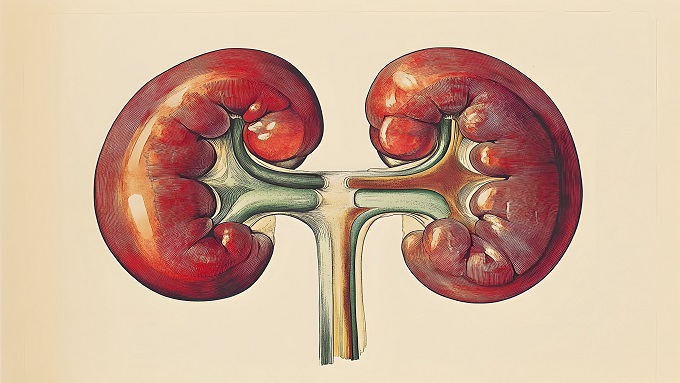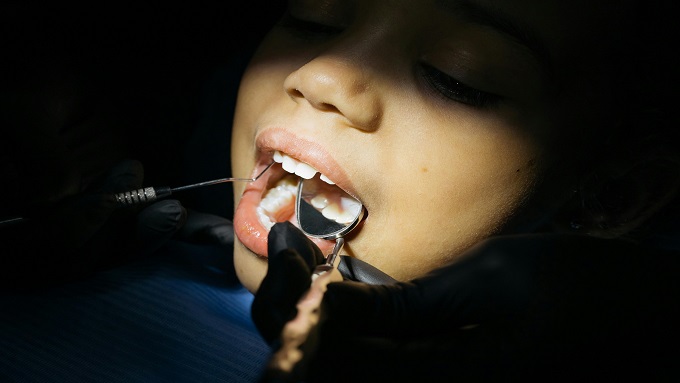PROFIL PASIEN ENSEFALOKEL ANAK USIA 0 -18 TAHUN DI DEPARTEMEN BEDAH SARAF RSUD DR. SOETOMO SURABAYA
Downloads
Background: Data of encephalocele patient is rarely found in Indonesia, especially in East Java. Researcher conducted an observation aboutprofile of encephalocele patient age 0–18 years old at Department of Neurosurgery, Dr. Soetomo Hospital, Surabaya, Indonesia.Objective: To observe profile of encephalocele patient age 0–18 years at Department of Neurosurgery, Dr. Soetomo Hospital, Surabaya, Indonesia. Material and method: This is cross sectional observation research observing medical record of encephalocele patient age 0–18 years at Department of Neurosurgery, Dr. Soetomo Hospital, Surabaya, Indonesia from 2010 to 2012.This study also observeage groups, gender, address, and types of encephalocele. Results: 27 male and 23 female patients were included. From 5 types based on the defect location, 30 patients are diagnosed as nasofrontal encephalocele, nasoorbita is found at 17 patients, while nasofrontoorbita, maxilonasoorbita and nasoethmoorbita is found at 1 patient each. The most dominant age group is 0 – 3.5 years old (n=15). From 50 patients, 43 patients were from outside Surabaya.Conclusions: The number of male patients diagnosed with encephalocele were slightly higher compared to female patients. Nasofrontal type was the predominant type amongst other types. The majority of encephalocele patients were 0 – 3.5 years old. These patients mostly were from outside of Surabaya city.
Arifin, M. Suryaningtyas, W. Bajamal, A.H., 2018. Frontoethmoidal encephalocele: clinical presentation, diagnosis, treatment, and complications in 400 cases. Child's Nervous System, 34: 1161–1168.
Bastir, M. Roas, A. O'Higgins, P., 2006. Craniofacial levels and the morphological maturation of the human skull. Journal or Anatomy, 209: 637-654.
Ghatan, S. Encephalocele. Dalam: Winn HR, ed. 2011Youmans Neurological Surgery. 6th ed. Vol. 2. Philadelphia: Elsevier Saunders, 1898-1905.
Hoving, E.W., 2000. Nasal Encephalocele. Child's Nervus System,16: 702–706.
Imbard, A. Banoist, J.F. Blom, H.J., 2013. Neural tube defects, folic acid and methylation. International Journal of Environmental Research and Public Health.
Kehila, M. Ghades, S. Abouda, H.S. Masmoudi, A. Chanoufi, M.B., 2015. Antenatal Diagnosis of a Rare Neural Tube Defect: Sincipital Encephalocele. Case Reports in Obstetrics and Gynecology.
Laharwal, M.A. Sarmast, A.H. Ramzan, A.U. Wani, A.A. Malik, N.K. Arif, S.H. Rizvi, M., 2016. Epidemiology of the neural tube defects in Kashmir Valley. Surgical Neurology International, 7(35).
Lumenta, C.B. Rocco, C.D. Haase, J. Mooij, J.J.A., 2009. Neurosurgery. New York: Springer, 97- 111.
Nagpal, T., 2014. A Subcranial Approach of Anterior Skull Base Pathology (Nasal Encephalocele). Clinical Rhinology: An International Journal, 7(1): 22-23.
Oucheng, N. Lauwers, F. Gollogly, J. Draper, L. Joly, B. Roux, F.E., 2010. Frontoethmoidal meningoencephalocele: appraisal of 200 operated cases. Journal of Neurosurgical Pediatrics, 541-549.
Rifi, L. Barkat, A. Khamlichi, A.E. Boulaadas, M. Ouahabi, A.E., 2015. Neurosurgical management of anterior meningo-encephaloceles about 60 cases. Pan African Medical Journal, 21: 215.
Sachdeva, S. Kapoor, R. Paul, R. Yadav, R., 2014. Recurrent Meningitis with Upper Airway Obstruction in A Child: Frontonasal Encephalocele- A Case Report. Journal of Clinical and Diagnostic Research, 8(8).
Suwanwela, C. & Suwanwela, N., 1972. A morphological classification of sincipital encephalomeningoceles. Journal of Neurosurgery, 36(2).
Tirumandas, M. Sharma, A. Gbenimacho, I. Shoja, M.M. Tubbs, R.S. Oakes, W.J. Loukas, M., 2012. Nasal Encephaloceles : a review of etiology, pathophysiology, clinical presentations, diagnosis, treatment, and complication. Childs Nerve System, 29(5): 739-744.
Urquia, M.L. Ray, J. Wanigaratne, S. Moineddin, . O'Campo, P., 2016. Variation in male-female infant ratios among births to Canadian and Indian-born mothers, 1990-2011: a population-based register study. Canadian Medical Association Journal Open,4(2): 116-123.
Zaganjor, I. Sekkarie, A. Tsang, B.L. Williams, J. Razzaghi, H. Mulinare, J., 2016 Describing the Prevalence of Neural Tube Defects Worldwide: A Systematic Literature Review. PLoS ONE, 11(4).
1. The journal allows the author(s) to hold the copyright of the article without restrictions.
2. The journal allows the author(s) to retain publishing rights without restrictions.
3. The legal formal aspect of journal publication accessibility refers to Creative Commons Attribution 4.0 International License (CC-BY).
































